Today's protagonist is the Walking Shark, also known as the Epaulette Shark. They are called "walking sharks" because they are not only good swimmers, but can also use their muscular pectoral and ventral fins to crawl on the seabed or coral reefs. The name "epaulette shark" comes from the fact that they have a large black circular spot with a white border on each side behind the pectoral fins, like the epaulets worn on military uniforms.
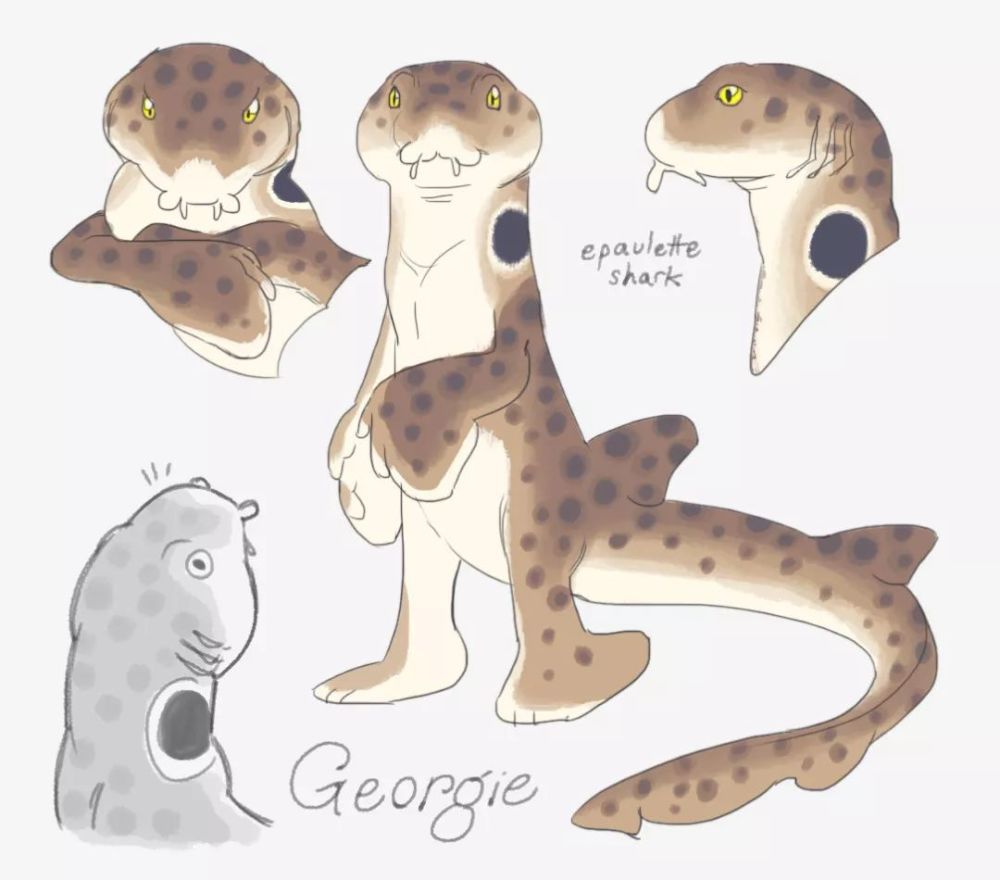
Geographical distribution

Roadrunner sharks are widely distributed in Papua New Guinea and the western and eastern waters of northern Australia, especially in the Great Barrier Reef, where they are abundant. A few are also found in Malaysia, Indonesia, and the Solomons. They usually live in shallow waters where coral reefs are abundant at depths of 0-50 meters.
Walking shark external characteristics
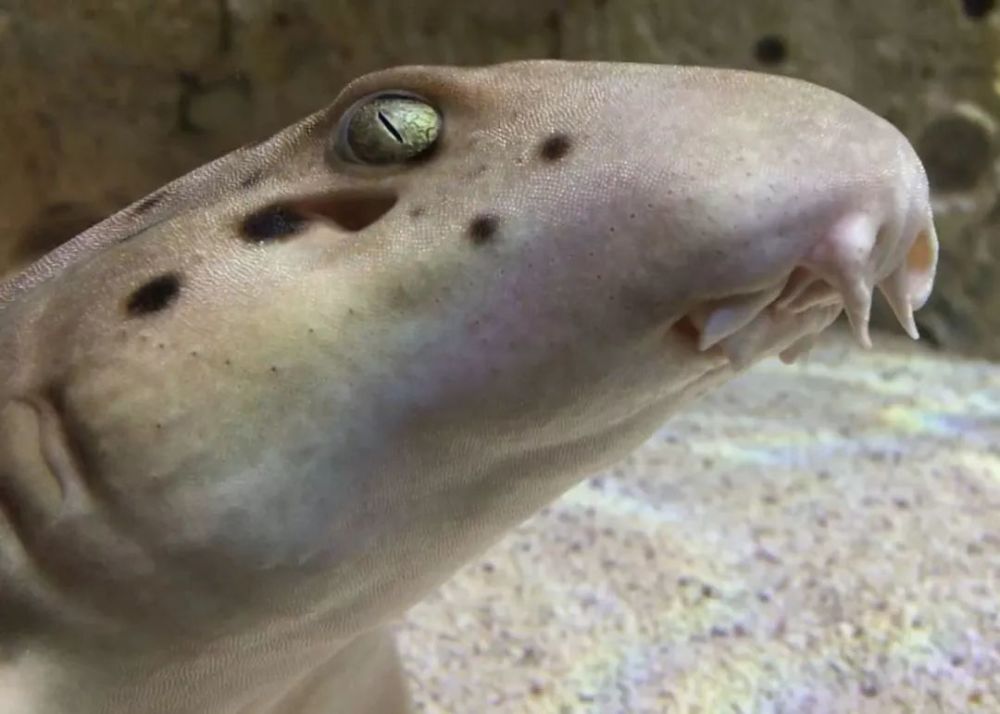
The walking shark has an elongated body, usually less than 1 meter in length, with the caudal peduncle (the part of the body just behind the anal fin to the base of the caudal fin) taking up half of the entire body length, and all other fins being paddle-shaped and flattened and rounded. The body color is mostly cream or brown, scattered with dark brown-black large diameter spots. The muzzle is short and rounded, with the nostrils at the tip and two short nasal tentacles connected by a groove from the nostrils to the mouth, and 26-35 teeth distributed in the upper jaw and 12-32 in the lower jaw. There is a breathing hole under each eye and five gill slits behind. In addition to the five basic senses of sight, smell, hearing, taste and touch, walking sharks also have a keen sixth sense - the sense of electricity, their muzzle is distributed in a number of potbelly pores used to detect weak electric fields and mechanical movement
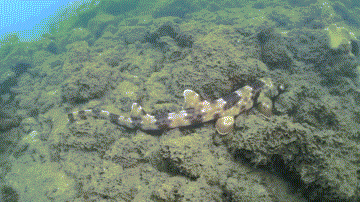
The walking shark's eyesight is not good, they mainly rely on smell and electric sense to hunt. Some benthic crustaceans, small fish are their main food. Their powerful mouths can suck food into their mouths and then chew slowly. Sometimes they can be seen using their muzzle to open or flip some coral and reef fragments, while swallowing the food hiding underneath, while discharging the sand and gravel from the gill slit, with their own filtering system, unlike other sharks that swallow the food directly, walking sharks are used to slowly tasting their food, sometimes chewing for 5-10 minutes before swallowing, and their teeth can also grind some shellfish, really tasting with their hearts. Gourmets of food
It can stop breathing to eat
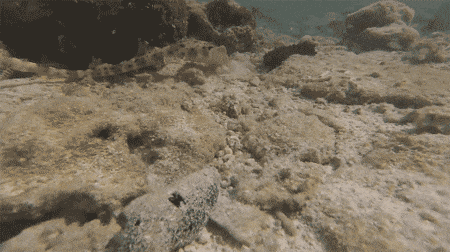
Walking sharks usually hunt from dusk to sunset, the time when they are most active. When the tide is low and the water is only to a height that almost just covers their bodies, they can use their highly evolved ventral and pectoral fins to crawl through the middle of complex reefs, with their muscular fins acting more like their limbs, preferring to walk than swim. Strolling for food in complex reef environments, especially during low tides. Another amazing skill of the walking shark becomes even more important! They can move freely above the surface of the water, a state of low or even zero oxygen. As the surface of the reef is uneven, when the seawater fades, it will form a small tidal pool (Tidal pool), many fish and shrimp and other delicacies are trapped inside, walking sharks want to move between the different tidal pools to eat will inevitably need to cross some of the coral above the surface, swimming in the waterless environment, which is not a difficult task for them. They can survive for as long as an hour in a low oxygen or even an oxygen-free environment.
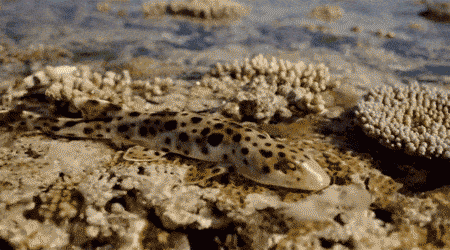
In an oxygen-deficient environment, in order to concentrate a large amount of blood supply to the heart and brain, the walking shark's heart rate and breathing rate will be significantly reduced, blood vessels dilate, and blood pressure is reduced to half of the original. Compared with other bony fish, the shark's brain only needs to consume 1/3 of the energy, and walking sharks can reduce the metabolic rate of certain specific areas of the brain, reducing the brain energy consumption to a lower level. Under conditions of oxygen deficiency, it can also avoid brain nerve death while remaining alert to the environment.
Walking sharks breed their next generation
The mating season for walking sharks is from July to December. The mating behavior occurs when a female walking shark takes the initiative to chase and bite a male walking shark, then the male bites the female's pectoral fins and leans close to her and inserts his dingus into the female's cloaca for about a minute and a half.
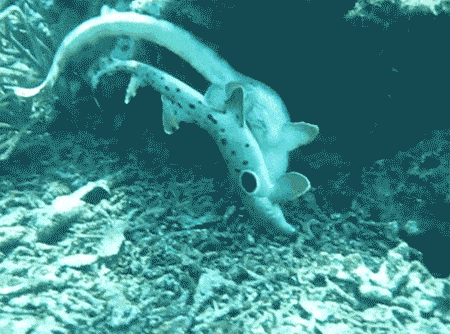
Baby walking sharks are all hatched from eggs. Female sharks lay their eggs every year from August to December, laying an average of two eggs every 14 days, or in a few cases, four eggs at a time, each laying an average of 20-50 eggs per year, with each egg sheath being relatively large, 10 cm long and about 4 cm wide. Baby sharks hatch out of their egg sheaths after 120-130 days, and all newborn baby sharks are already 14-16 cm in length, then grow at a rate of 5 cm every three months, reaching sexual maturity at 54-64 cm in length in about seven years. The growth cycle of sharks is quite slow, with 7 years to conceive the next generation.
Popular Articles
-
Let people love a few home goodies, although cheap, but can make life comfortable

-
 Four abusive moves that you should not miss if you want to make yourself an abs master
Four abusive moves that you should not miss if you want to make yourself an abs masterJul 08, 2025
-
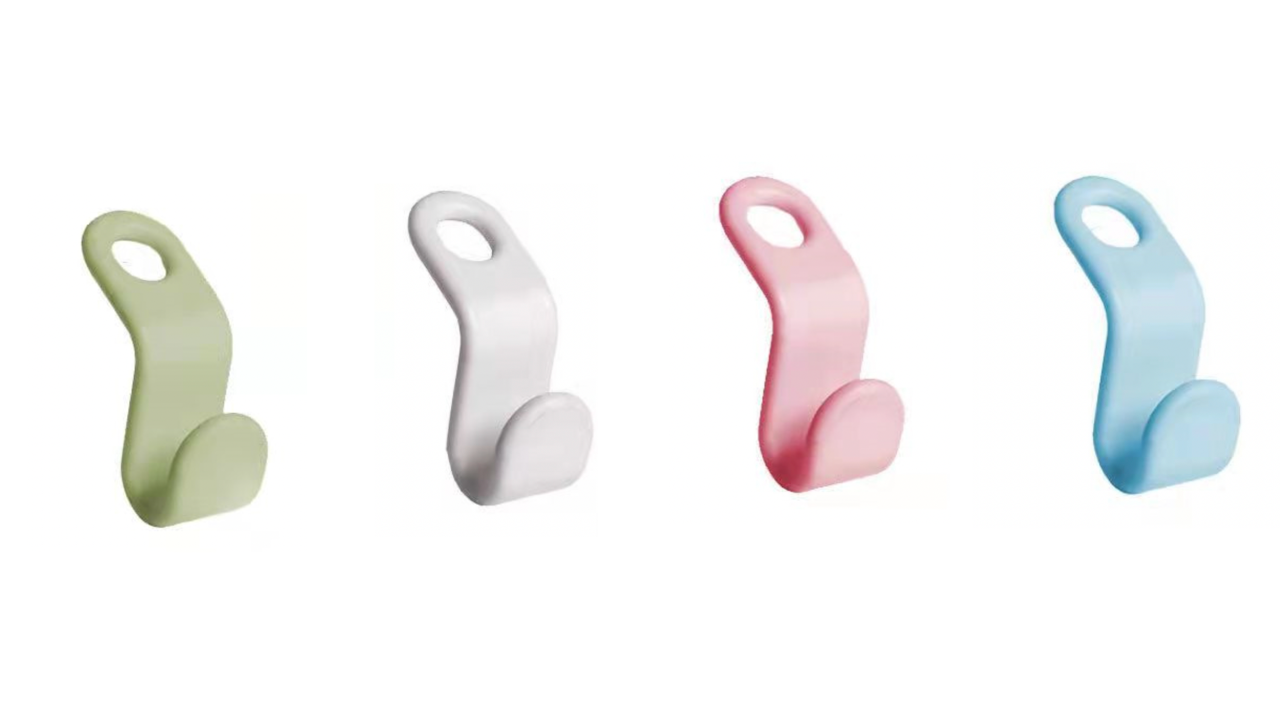 Allows you to hang more clothes in your closet
Allows you to hang more clothes in your closetJul 08, 2025
-
 The world's largest mushroom: can live for 2,400 years of the Austrian honeysuckle
The world's largest mushroom: can live for 2,400 years of the Austrian honeysuckleJul 08, 2025
-
 These Scandinavian brands of tableware will surprise you
These Scandinavian brands of tableware will surprise youJul 08, 2025
-
 Super simple 5 movements let you easily have long legs and attractive buttocks
Super simple 5 movements let you easily have long legs and attractive buttocksJul 08, 2025







Comments
13 years ago
N jvkvmns